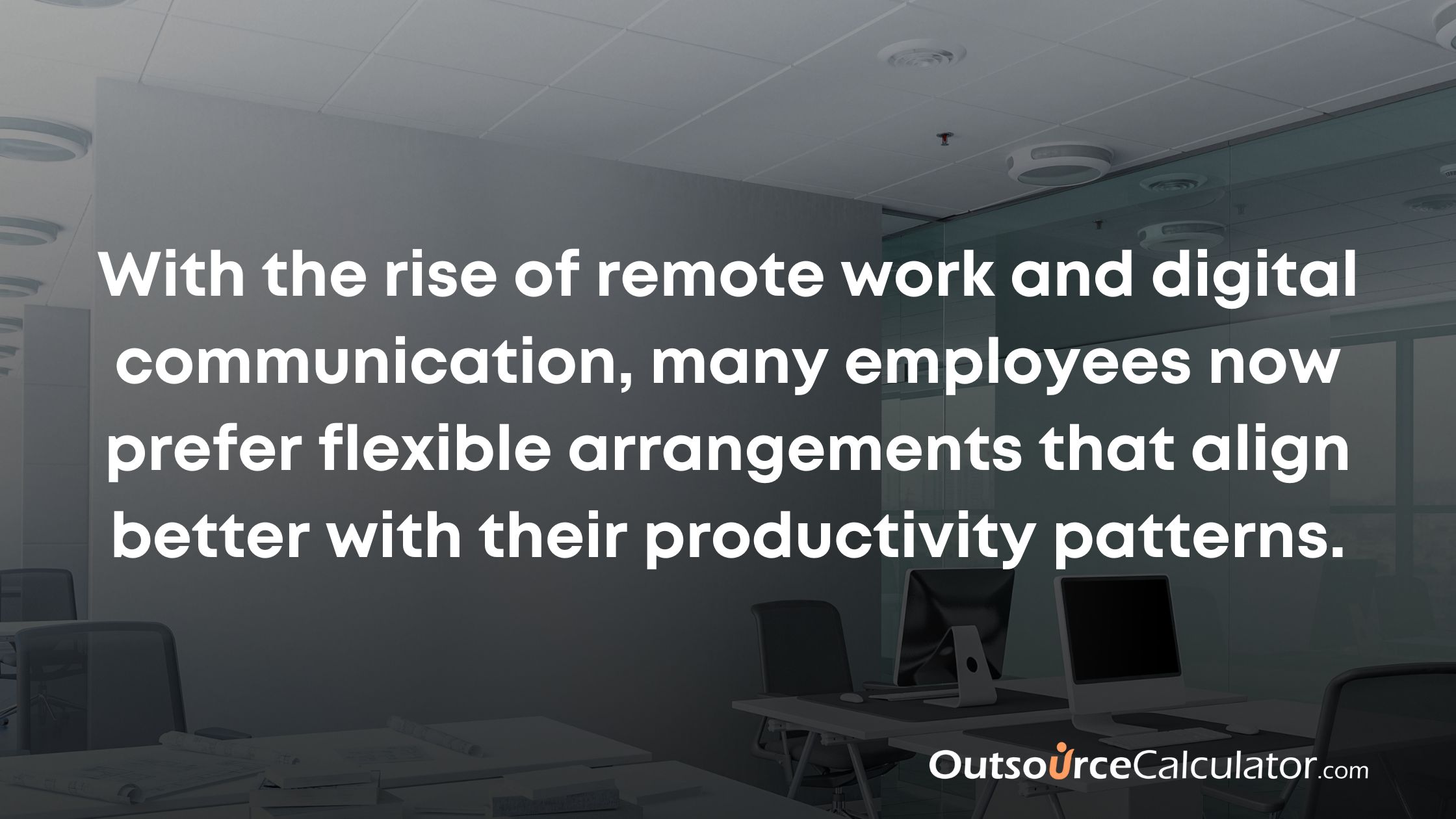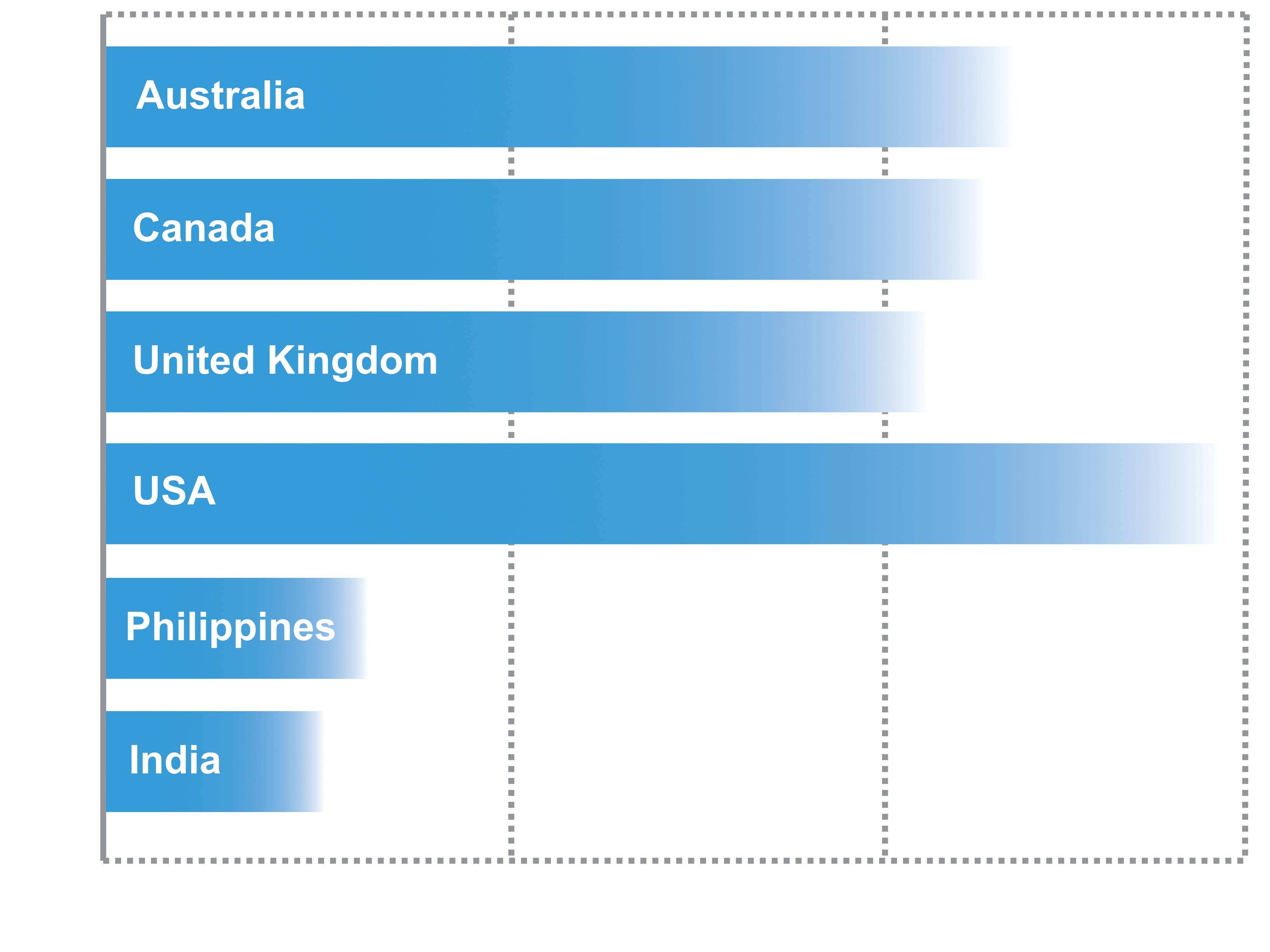
The traditional 9 to 5 workday has long been regarded as the standard in many industries. However, as we move further into the modern age, this structure is increasingly being called into question. This article delves into the history of the 9 to 5 workday, how remote work and technology are reshaping work hours, the pros and cons of flexible schedules, and what the future of work may hold.
The History of the 9 to 5 Workday: How It Shaped the Workforce
The 9 to 5 workday emerged as a result of the Industrial Revolution in the late 19th and early 20th centuries. Factories and mass production necessitated a structured schedule, allowing businesses to maximize productivity while also providing workers with a sense of stability. This work schedule was further solidified by labor movements advocating for reasonable working hours, culminating in the Fair Labor Standards Act of 1938, which established the 40-hour workweek.
Over the decades, the 9 to 5 structure shaped the workforce, leading to expectations around availability and productivity. While it provided a framework for work-life balance, it also created challenges. Many employees found themselves tethered to their desks, struggling to juggle personal responsibilities within the confines of a rigid schedule. As society evolved, so too did the understanding of productivity and well-being, prompting discussions about whether the traditional workday still serves today's workforce effectively.
9 to 5 Workday: How Remote Work and Technology Are Redefining Work Hours
Rise of Digital Collaboration Tools
Platforms like Slack and Zoom enable teams to work together seamlessly, regardless of location. This has facilitated a shift toward more flexible working hours and reduced the need for a strict schedule.
Blurred Boundaries Between Work and Home
The flexibility of remote work can lead to challenges in separating professional and personal time. Employees may find it difficult to "switch off," potentially leading to burnout if boundaries aren't established.
Increased Employee Autonomy
Remote work allows individuals to design their schedules based on their personal productivity patterns. This empowerment often results in a more motivated and committed workforce.
Adapting to New Work Models
Companies are exploring various arrangements, including hybrid models that blend remote and in-office work. These adaptations aim to balance employee needs with organizational goals for productivity and efficiency.
The Pros and Cons of Flexible Work Schedules
Improved Work-Life Balance
Flexible schedules allow employees to manage their personal and professional lives more effectively. This autonomy often leads to increased job satisfaction and better mental health.
Enhanced Productivity
Employees can choose their peak working hours, resulting in higher focus and output. This adaptability can lead to a more engaged workforce that feels trusted by their employers.
Challenges in Setting Boundaries
Some employees may struggle to maintain clear boundaries between work and personal life. This can result in longer hours and increased stress if not managed properly.
Coordination Difficulties
Teams working on different schedules may face challenges in collaboration and communication. Clear guidelines are necessary to ensure that flexibility does not hinder productivity.

What Does the Future of Work Look Like? Is 9 to 5 Workday still good?
As we look to the future, predictions about work patterns are evolving. Hybrid models combining remote and in-office work are gaining popularity, allowing companies to tailor their approaches to suit their specific needs and cultures. The gig economy is also on the rise, with more individuals seeking freelance opportunities and project-based work, further diversifying how we define employment.
Companies are adapting to these changes by implementing policies that prioritize employee satisfaction and productivity. Many organizations are experimenting with reduced workweeks, trialing four-day work models, or offering unlimited vacation days, all aimed at fostering a healthier workplace culture.
The 9 to 5 workday offers a structured schedule that helps employees manage their time and establishes boundaries between work and personal life, promoting consistent availability for collaboration. However, its inflexibility can hinder productivity, as it may not accommodate individual working styles or personal commitments. Additionally, the commute associated with a fixed schedule can contribute to stress and work-life balance challenges. With the rise of remote work and digital communication, many employees now prefer flexible arrangements that align better with their productivity patterns. Ultimately, the effectiveness of the 9 to 5 model varies based on individual preferences and the evolving dynamics of the modern workplace.
Conclusion
While the traditional 9 to 5 workday was once the norm, the modern workforce is evolving. Flexible hours, remote work, and technology are driving new work arrangements that better align with employees' needs and company goals. The future of work may no longer revolve around the rigid 9 to 5, but rather around a more adaptable, people-centered approach. As businesses and individuals navigate these changes, embracing flexibility will likely become the key to thriving in the modern age.
Compute potential savings for your remote staff and virtual team member
Build Your Global Team and Save up to 70% on Labor Cost.
Recent Articles
About Outsource Calculator
Outsource Calculator helps boost your profits, increases quality and efficiency, and allows your business to scale quickly without expensive overhead.
Empowering Small BusinessesOutsource StaffingRemote TeamsVirtual StaffingOffshore Teams
Get a FREE Quote & Save 70% on Labor costs!
The Outsource Calculator estimates the savings from outsourced staffing solutions compared to hiring locally, which is intended for informational purposes only. It provides approximate pricing only may not be accurate and should only be used as a guide and is not an official quote. You should not make any decisions based simply on the information provided. Outsource Calculator pricing is based on the typical employee salaries for each role, including all employee payroll taxes, government-mandated employee costs, employee technology required, office space, hardware costs, IT support, recruiting, training, onboarding, and all HR functions which provide a more accurate comparison with the outsourced staffing compared to local hiring.
United States
United Kingdom
Australia
Canada
Europe
Copyright © 2025 OutsourceCalculator.com All rights reserved. Privacy Policy Terms of Use




